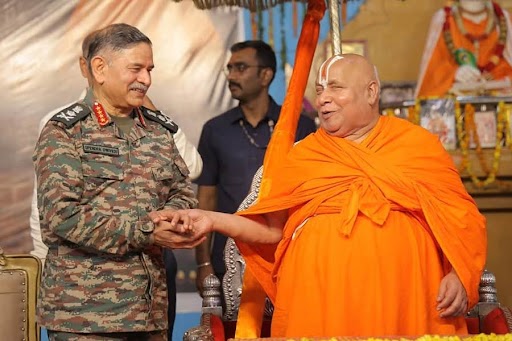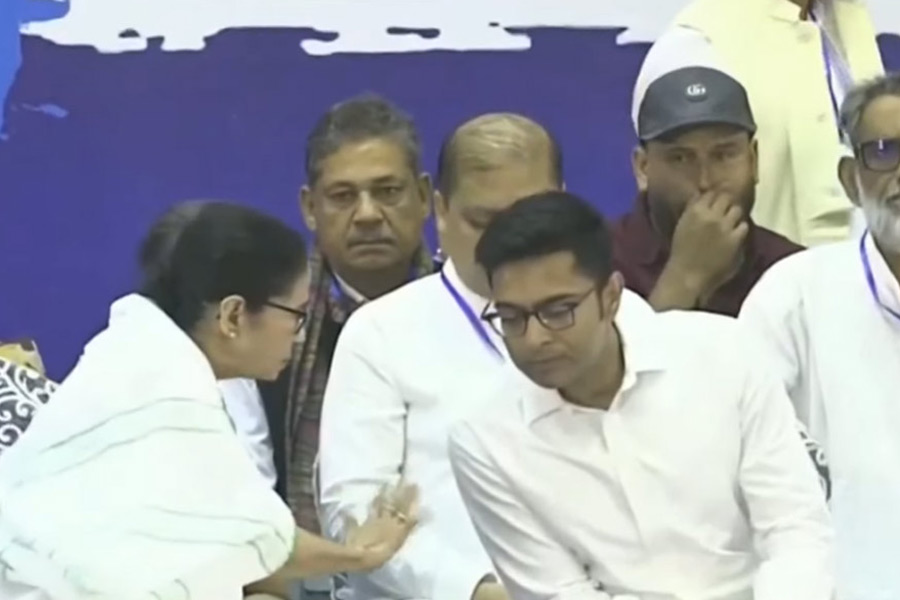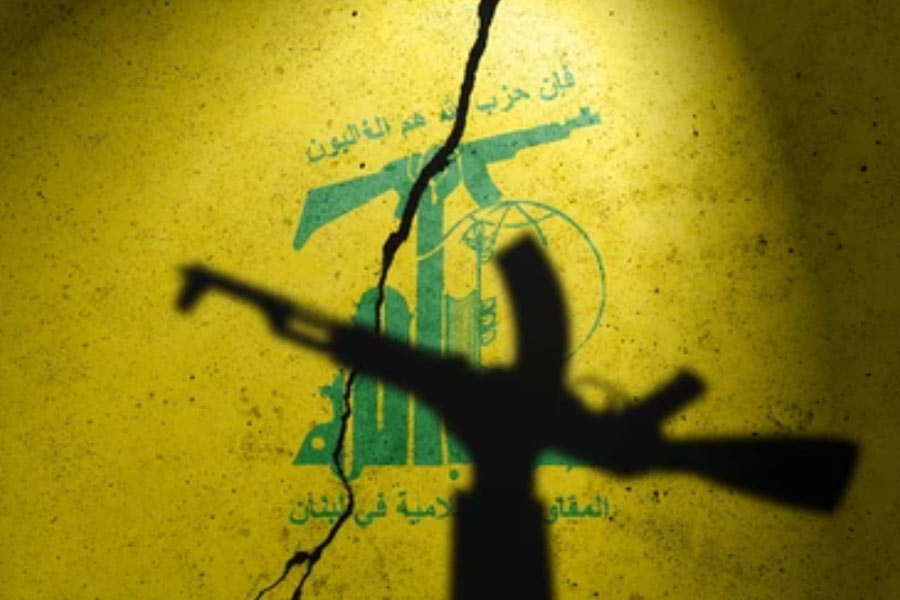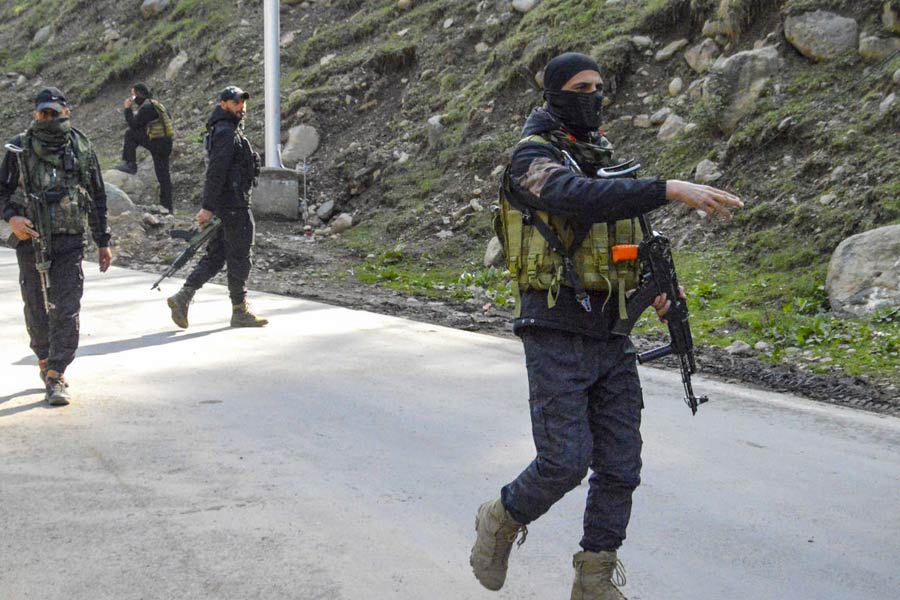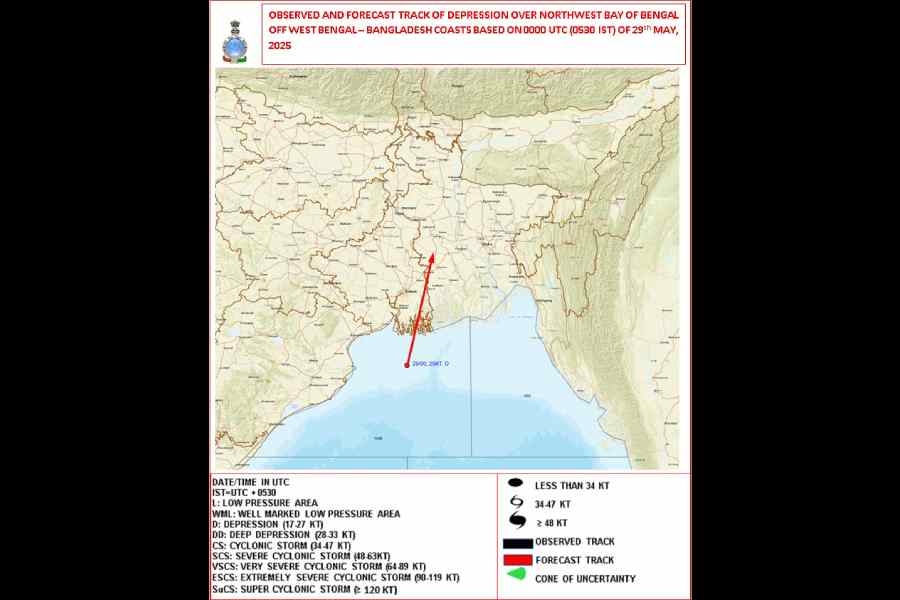 |
Sixty five years after it was built, Howrah bridge is coming under hi-tech surveillance for traffic safety and overall security.
Calcutta Port Trust (CPT), the custodian of the iconic structure, has installed six state-of-the-art closed-circuit cameras on the bridge, which was first thrown open to the public in February 1943.
The high-resolution cameras, which can rotate 360 degrees and capture the registration number of moving vehicles, will start operation within a week.
The CPT had conducted a successful trial run for a month before Puja.
“All major bridges in the world have a surveillance system. It’s time Rabindra Setu (better known as Howrah bridge) too, had one,” said CPT chairman A.K. Chanda.
“Though our primary task is to check rash driving and accidents on the bridge by identifying vehicles violating traffic norms, the cameras will also help us boost security following the recent blasts across the country,” said a CPT official. “Incidents of vagabonds climbing atop the bridge can also be checked once the system starts functioning.”
The cameras have been installed in a way that the entire 705-m-long and 30-m-wide structure can be monitored 24x7. Two of them have been placed on the underside of the bridge to track the movement of barges, steamers and boats on the Hooghly.
The other four are on the bottom boom chord (the first layer of beams) — one at each end and two in the middle. They will monitor vehicular movement on the bridge.
CPT officials said images captured by the cameras would be monitored round the clock. “A team has been trained in monitoring the images by changing camera angles through remote control,” an official said.
The images will be preserved at the CPT headquarters in Fairlie Place for the benefit of state-run security agencies.
CPT has spent around Rs 60 lakh on the project. Similar cameras will soon be installed at Netaji Subhas Dock and Kidderpore Dock, two other gateways to the city.
The authorities first thought of bringing the bridge under the electronic scanner after the mast of a barge, coasting along a wrong channel during high tide, rammed into the underside on June 24, 2005.
The incident left part of the structure “overstressed”. Around Rs 50 lakh had to be spent to restore the bridge to its normal condition.
A survey by Rites had revealed that the “overstress” was alarming, more than 10 per cent of the bridge’s load-bearing capacity.
“Another study was later commissioned to measure the traffic load on the bridge. Based on the report, the state transport department had banned movement of heavy vehicles on Rabindra Setu,” said a CPT official.


